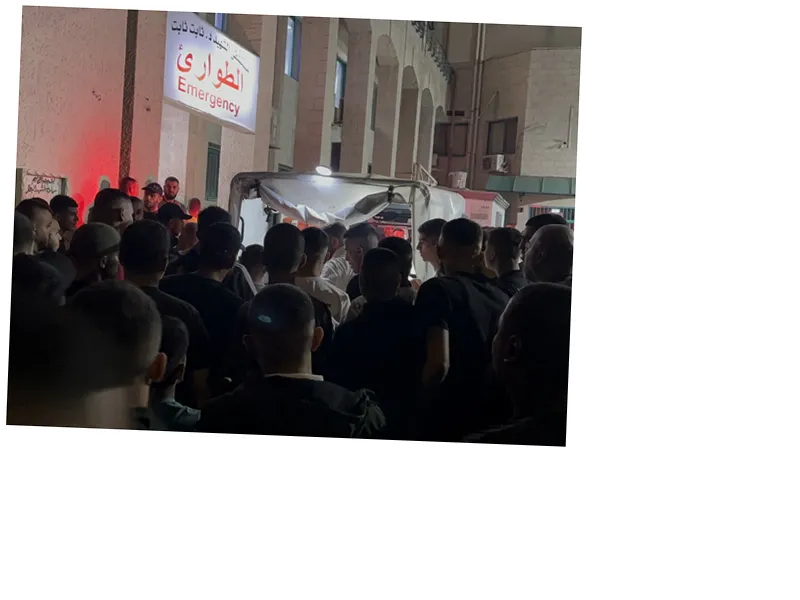Military Coordination Between Hamas and Islamic Jihad in Gaza
The coordination between the Al-Qassam Brigades, the military wing of Hamas, and the Al-Quds Brigades of the Islamic Jihad Movement has reached unprecedented levels in the Gaza Strip. Military expert Major General Fayez Al-Duwairi highlights that this collaboration is crucial in addressing the significant shortage of military capabilities faced by these groups. Fighters from both factions are now engaging in joint operations, including ambushes, to optimize their resources and enhance their operational effectiveness.
Al-Duwairi elaborates on recent military actions, noting that during an operation on Monday in Shujaiya, fighters from both groups were seen advising each other to ensure their safety while executing complex maneuvers. The expert asserts that resistance forces continue to maintain a strong presence in strategic areas such as Tel al-Sultan, Tel al-Hawa, and Hamad Town. He emphasizes that these fighters have successfully inflicted substantial losses on advancing forces, particularly during confrontations at the Netzarim axis.
Impact of Resistance Operations on Israeli Military
According to Al-Duwairi, the effectiveness of the resistance has been demonstrated through the use of the “Eliasin-105” shell, which reportedly destroyed more Israeli tanks than in all previous Arab wars combined. He argues that without Western support, the Israeli military would have faced a significant collapse within two months of the ongoing conflict. Despite operating with limited capabilities, the resistance has been able to deliver impactful strikes by employing reverse engineering techniques and recycling war materials.
Earlier today, the Al-Qassam Brigades confirmed their successful targeting of three Merkava tanks, a troop carrier, and a military bulldozer in the Tal Al-Sultan neighborhood, west of Rafah, showcasing their ongoing military operations against Israeli forces.
- The collaboration between Hamas and Islamic Jihad has been pivotal in enhancing their military strategies in the Gaza Strip. This joint effort not only maximizes their operational effectiveness but also serves as a critical response to the evolving battlefield dynamics. The integration of tactics and resources between these factions underscores their commitment to resist Israeli military advances despite facing significant challenges in terms of manpower and equipment. Furthermore, the ongoing conflict has seen an increase in the sophistication of weaponry used by these groups, as they adapt to the demands of modern warfare. The reliance on innovative techniques such as reverse engineering indicates a strategic shift aimed at overcoming resource limitations. This has allowed them to maintain a level of resistance that continues to pose challenges for Israeli forces.






